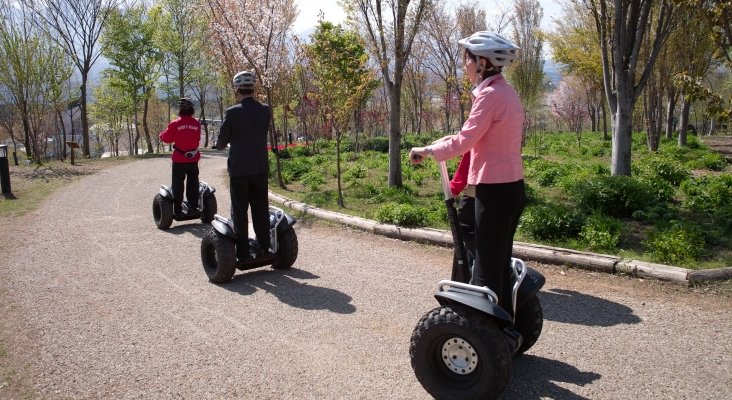Moving around a big city can be stressful with traffic, pollution, delays, rushes, etc. This is everyday life for many of us who find ourselves stuck in cars or buses and resigned to the fact of waiting for traffic to get moving.
Technological developments have facilitated the creation of alternative methods and the modernisation of others, like the bicycle. The most common features are that they offer speed and comfort, and in many cases are seen as an alternative leisure option.
So let’s have a look at what’s out there and proving to be popular with the young and not so young.
–Electric scooters: Gone are the days when they were just for kids. A handlebar, engine and an improved braking system have made this children’s ‘toy’ suitable for all ages. Some models are also fitted with LED indicators and a chain drive. Average speed is about 15km/h, making them an ideal option for getting around the city.
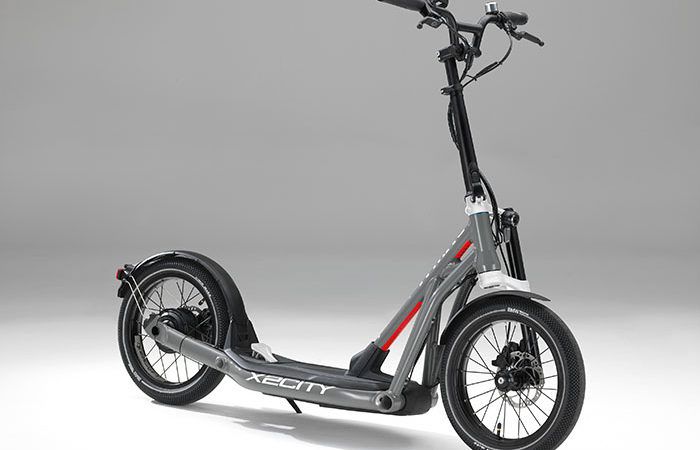
–Hoverboards: At first glance, these look more like a balancing act than something useful to transport us, but they’re becoming increasingly more popular, especially in big cities with long flat streets and few ascents. A hoverboard is a self-balancing transporter with two motorised wheels, roughly speaking, it’s simple, if the rider leans forward the device moves forward and if they lean backwards, well you get the idea. We’re more used to seeing young people riding them, but they’re suitable for all ages. Maximum speed is 12km/h, and the battery lasts for about an hour.
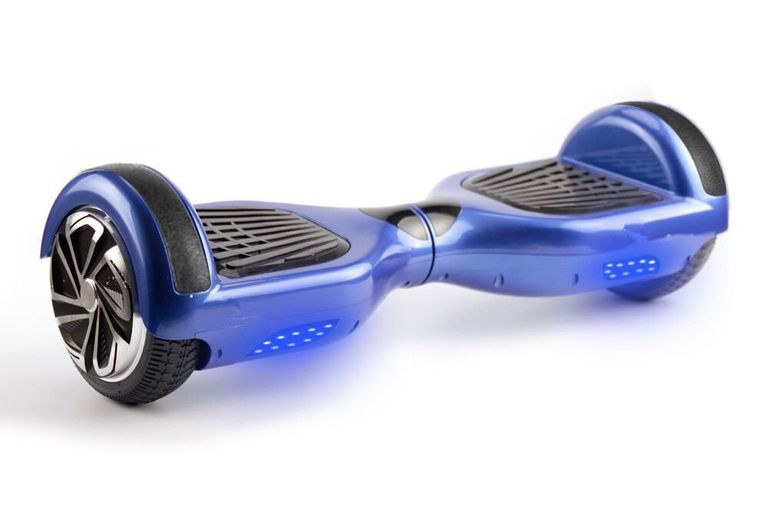
– Segways: A more complete version of the hoverboards, with a handlebar and knee-high mast, making them ideal for medium distances. Many companies are also using them for tourist routes. The Segway has a maximum speed of 18km/h, and can handle uphill routes with a 15-degree incline.
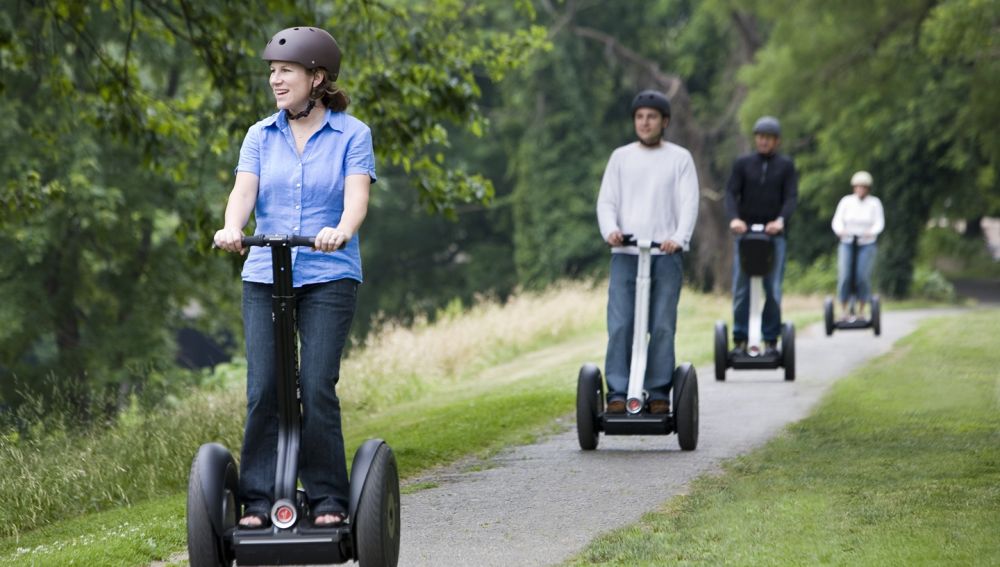
–Karts: Small vehicles based on the old-style school bumper cars at funfairs and designed for both transport and fun. They have a maximum speed of 19km/h and a pedal that regulates the speed.
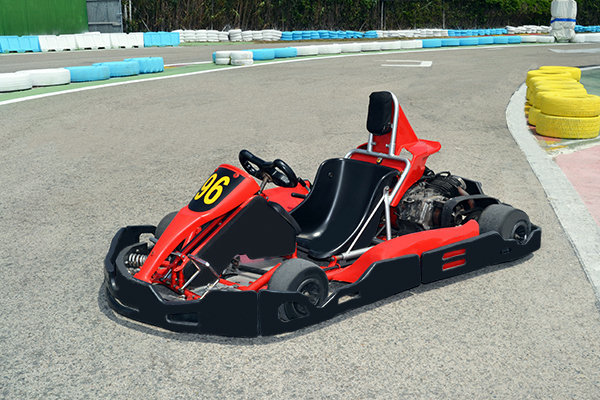
–Wheels: Although still not hugely popular, we’re starting to see them more and more in big cities. It’s a single electric wheel, with fixed platforms, which moves depending on how you position your body weight. They’re most suitable for city routes and can reach up to 24km/h.
All of these alternatives have their advantages, although it depends on weather conditions (as we’ve already seen with the electric bicycle). Are you brave enough to have a go?



